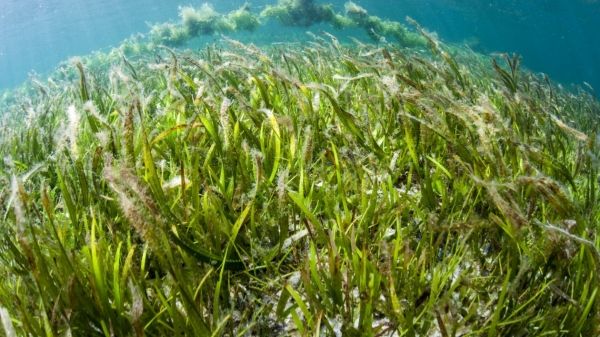Off the shores of Virginia, vast meadows of seagrass sway in the shallow waters. Over the past two decades, conservation scientists have spread more than 70 million seeds in the bays there, restoring 3,600 hectares (9,000 acres) of an ecosystem devastated by disease in the 1930s. The work has brought back eelgrass (Zostera marina) — a keystone species that supports crustaceans, fish, and scallops, and is now absorbing the equivalent of nearly half a metric ton of CO2 per hectare per year.
Now, the Virginia Nature Conservancy is aiming to turn those tons into carbon credits that it can sell for cash.
The program, run by the Virginia Institute of Marine Science (VIMS) in conjunction with the Nature Conservancy, is the first seagrass project in the world to apply for carbon credit certification with the Washington-based nonprofit Verra, the world’s largest overseer of carbon credit projects. “It’s proof of concept — that’s the important part here,” says Christopher Patrick, director of the VIMS seagrass restoration and monitoring program. “We’re not going to change global climate with this one project. But we can show it’s a viable approach.”
Read more at: Yale Environment 360
A seagrass meadow near Atauro Island, Timor-Leste. (Photo Credit: Paul Hilton for Conservation International


